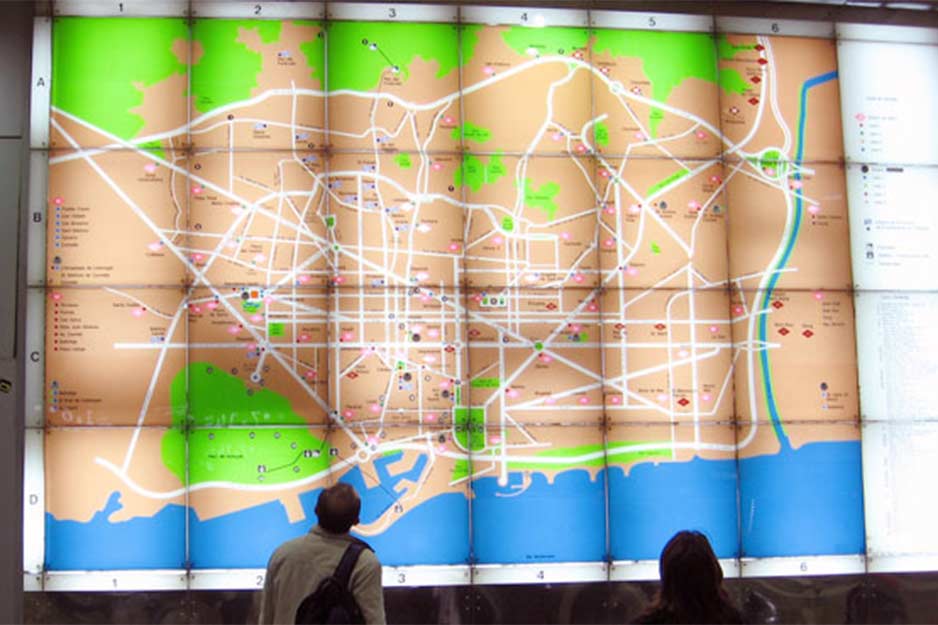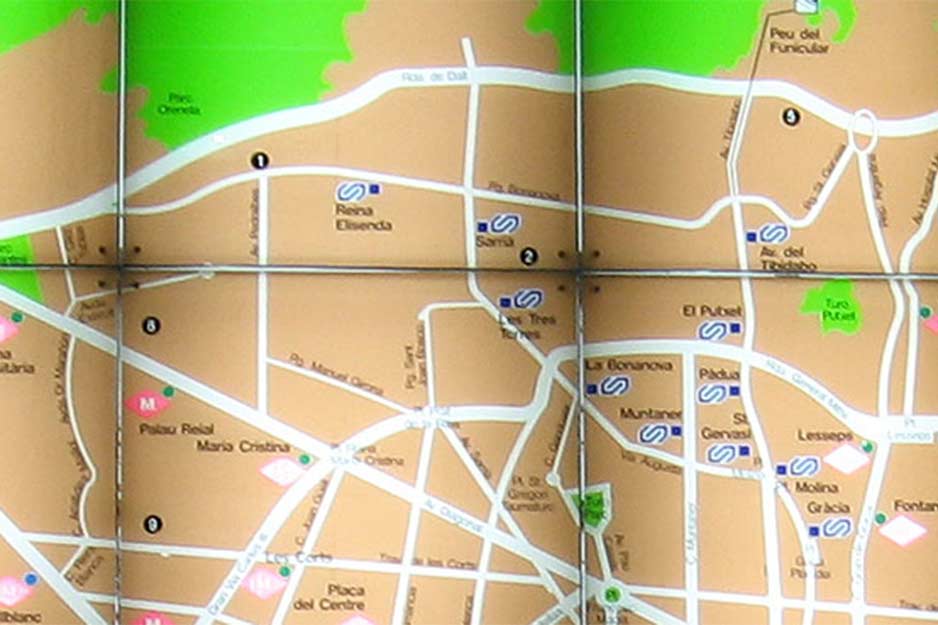Directing Railway Passengers with Digitally Printed Signage
ADIF (Railway Infrastructure Administration) | Valencia, Spain
Since the privatization of RENFE (National Network of Spanish Railways), the Public Works Ministry created the Railway Infrastructure Administration, or ADIF (a state-owned company) to manage all the railway infrastructure in Spain.
ADIF currently has more than 14,000 employees who administer more than 5 billion euros annually to build and maintain all tracks, overhead power cables, lines, and railway stations, and to manage all the services associated with these structures.
The “Estación del Norte” is an agency located in Valencia that belongs to the East Territorial Management and employs 269 people. The agency controls 13 railway stations and has rented out 80 regional stations to RENFE. ADIF manages all of the services associated with these structures and shopping facilities ADIF also manages the rental of the station business premises.
“Today, thanks to the XC-540’s high speed production, we are able to centralize the maintenance of signage and graphic communications for every station we manage.”
Joaquin Piedra, who manages communications and signage maintenance at the stations, said, “Before buying the Roland DG equipment, we used a water-based ink printer to replace the timetables and signage, but we had many problems such as ink color fading in the sun and running in the rain. These problems meant that we had to laminate everything we printed and reprint often, resulting in high maintenance and materials costs each month.”
Four years ago, ADIF bought a Roland DG CX-500 cutter. After discovering the machine’s ease of use and its many applications, they went from only making indoor signage (emergency, exits, restrooms, etc.) to creating all internal and external signage (platforms, stations, etc.).
Two years later they invested in a SOLJET PRO III XC-540 printer/cutter, which has given them more versatility and greatly reduced their production costs.
“With the XC-540,” Piedra said, “we are able to print on a much larger range of media than we used previously. We can now create signage on canvas, vinyl, paper, backlights, etc., and the machine can cut the labels completely unattended. In addition, internal maintenance costs have fallen dramatically for several reasons: the materials we can now use are less expensive and do not need to be laminated, and the ECO-SOL Max ink costs less and is more durable than other ink, so we do not need to reprint our signs as often.
“Today, thanks to the XC-540’s high speed production, we are able to centralize the maintenance of signage and graphic communications for every station we manage.”


